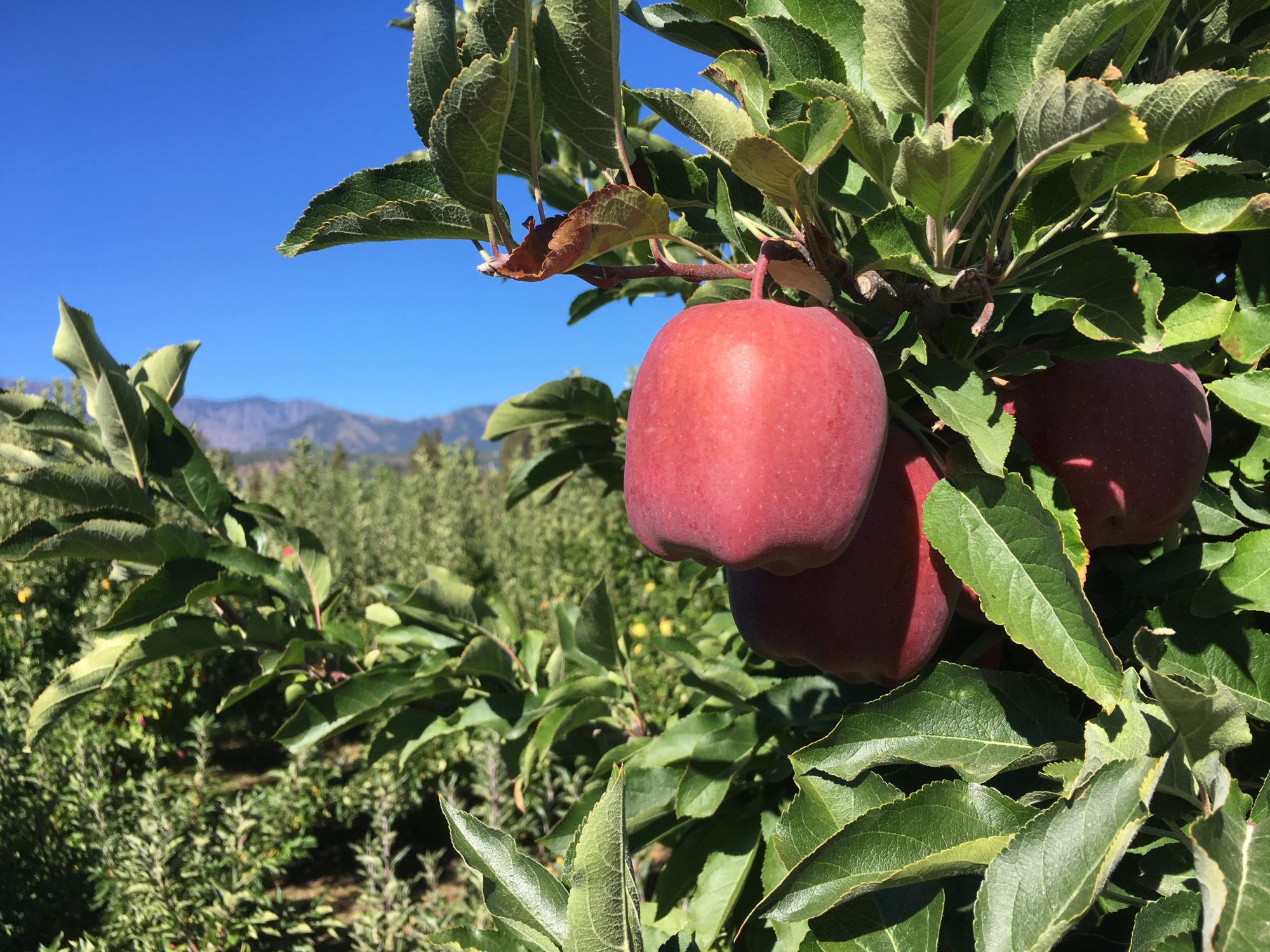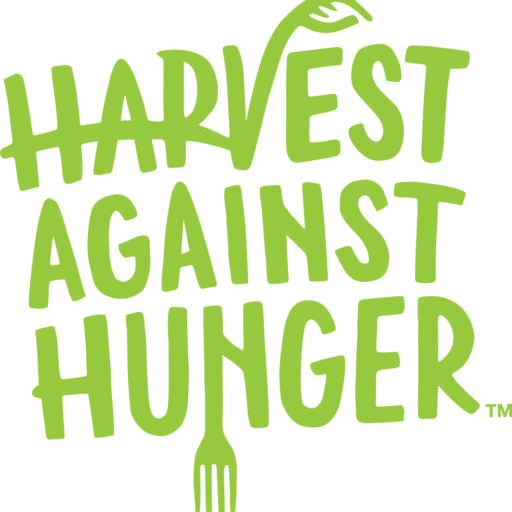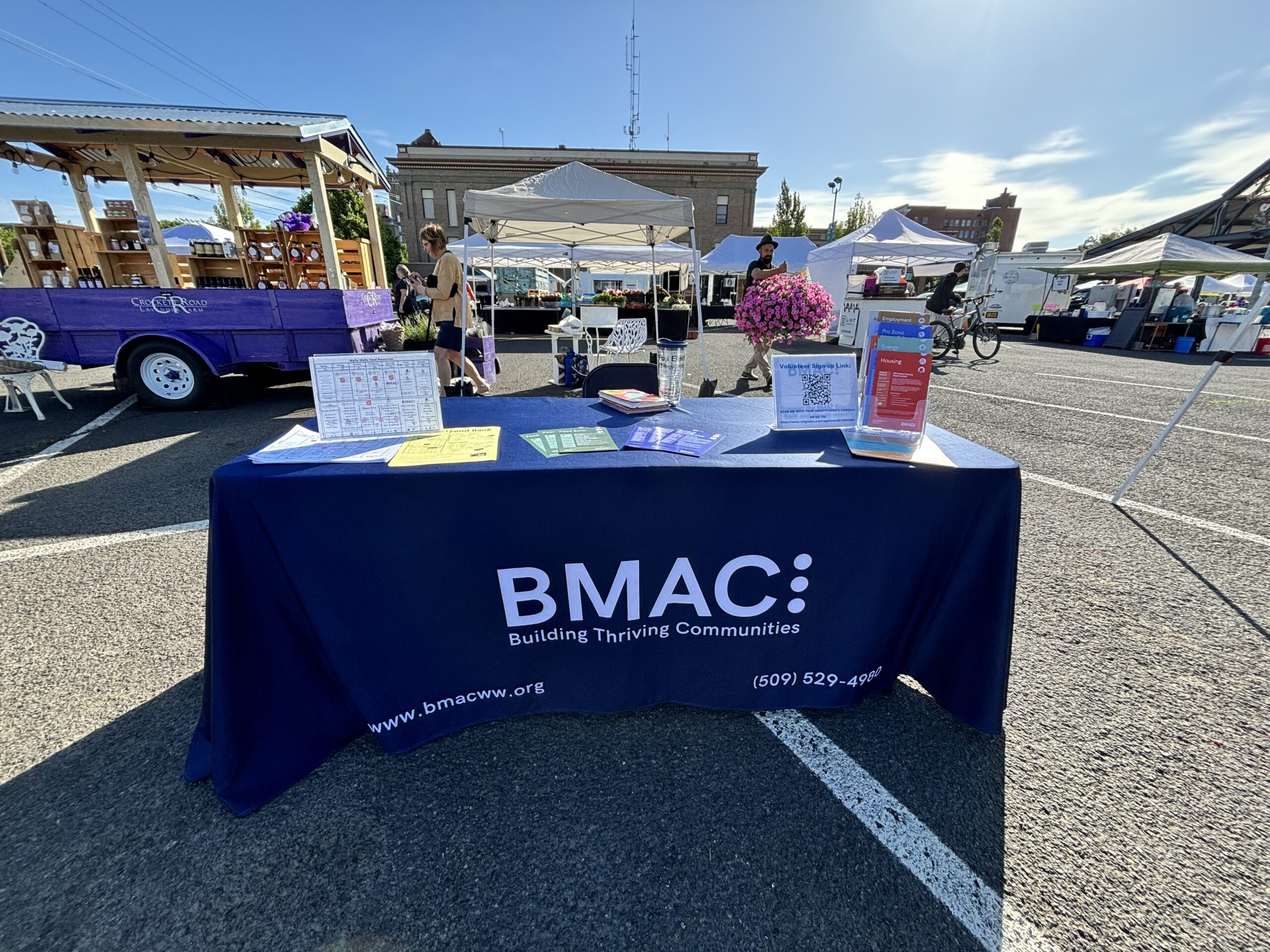How Can We Help?
Farmer’s Market tabling: Utilizing farmer’s markets as a way to network with local vendors, community outreach, volunteer outreach, and gleaning opportunities. To sign up to table, fill out the tabling application and email the market coordinators found on their website (Downtown and College Place markets). Invoicing is usually done at the end of the market season. Downtown farmers market is every Saturday 9:00 am to 1:00 pm from May to October. College Place farmers market is every Thursday evening from 4:00 pm to 7:00 pm from May to September. Arrive earlier to quickly setup since each market has a time limit of when you are able to go into the market area with a car to unload materials (8:00 am for Downtown and 3:30 pm for College Place). It is good to have a rough idea of which market days you will make it to and indicate that in the application, usually 2x a month for each location throughout the season.
Materials to bring to the famers market can include: BMAC table cloth + foldable table + tent with 4 weights + chair, BMAC info cards for each department, BMAC Food Bank distribution calendars and WW Food Pantry schedules, work phone, business cards, volunteer sign up QR code, upcoming volunteer opportunities, etc.
At the beginning of the market, you can go around to see which local vendors are there and go up to them and introduce yourself for potentially partnering with them (whether it be for purchases through F2FP/LFPA, or for gleaning). For market gleans, best practice would be to communicate with the farmers at the start of the market, introduce yourself and what you do, and ask if you can leave the black crates at their table and come collect it at the end of the market if they have excess produce and would like to contribute some for donation to the food bank.
–Farm to Food Pantry (F2FP) contracts: Explore around to extend contracts with local vendors to purchase fresh produce on a weekly basis. The contracts are generated and signed by the BMAC supervisor and then the farmers. Once the contracts are agreed upon, make purchase orders by communicating with the Pantry Manager to see what other purchases they have made so you know what to order. Ask the vendor whether it can be delivered (preferred method) or picked up (if food bank staff members are available to do so). Produce is usually delivered beginning of each week from 8:00 AM to 2:00 PM to ensure the freshness, and for logistical reasons. **Other forms to include with the F2FP Contract: Food Safety Policy and Harvest Against Hunger Photo Release Form. All 3 forms are signed at the beginning of each fiscal year with the farmers. The F2FP contract generally gives the food bank more funding to work with to be able to pay the farmers, so it is fairly flexible (can go over or under the amount of proposed $ number).
–LFPA grant requirements, email templates, etc.
Look for vendors to spend LFPA grant with by the end of the state fiscal year (July – June). The product can range from vegetables and fruits to meat, dairy, honey, wheat/grain products. (No processed foods). This can be a combination of reaching out at farmers markets, googling nearby vendors and emailing or calling them to inquire about this opportunity. It is highly encouraged to connect especially with socially disadvantaged farmers (women-owned, BIPOC-owned, LGBTQ+-owned) if possible. Smaller farms may have an issue fulfilling large orders so it is best to keep that in mind, adjust order size as needed. Orders could also be fulfilled throughout multiple weeks if time allows. Coordinate with food bank team members to see when is the best time for the delivery dates/times and keep them in the loop so they know when an order is coming in.
There are just a few requirements that give the vendors the eligibility to fulfill this grant, but a lot of them already tend to qualify for, which is great (including having UBI and UEI numbers). If they do not have it, encourage them to sign up for it since it is a relatively quick and easy process. Email templates on both occasions follow:
===========
The outreach email template for LFPA to send to vendors would be something like:
Hello,
I’m ____, I recently joined BMAC Food Bank in Walla Walla, WA as a _______.
I am reaching out to see if you would be interested in providing us an updated list of your products and the pricing? We are interested in purchasing some of your _____.
We are reaching out to local farmers to purchase in bulk (up to $9k amount) from by June 30th.
There are just a few conditions that the vendor has to meet in order to receive indirect federal funding (LFPA):
-If you have a Unified Business Identifier (UBI) and Unique Entity Identification (UEI) numbers, please provide them.
-The products must be grown/produced within 400 mi radius from Walla Walla, WA.
-The products must be individually packaged and labeled.
Also, please let me know if your farm is owned by a socially disadvantaged individual (i.e. owned by someone who is a woman/BIPOC/veteran/LGBTQIA+).
I look forward to hearing from you!
Sincerely,
===========
===========
If vendors have questions regarding the UEI or UBI, something like this can be sent out for reference:
UEI Number Information:
If you do not already have a Unique Entity Identification (UEI) number, please create one since it is required in order to receive indirect federal funding.
Please note this is different from the business tax number ID.
I believe the process takes ~15 mins, you do not need the full registration, just applying to get the Entity Number.
This is the website to create a UEI number: https://sam.gov/content/home — Click on “Get Started”
You would need to create a sam.gov account to start the process https://secure.login.gov/sign_up/enter_email
UBI information: https://agr.wa.gov/services/food-access/programs-and-services/local-food-purchasing-assistance-(lfpa)#6
Also clipped from the website below for your reference:
- Vendor/Farmer must have a current business license (UBI #) in Washington State. These are issued by the state Department of Revenue.
o Also referred to as a tax registration number, business registration number, and business license number
o Can use the Business Lookup database from the Department of Revenue
o Exceptions may be made for Farmers/Vendors who self-attest in writing that they do not meet any of the registration requirements outlined by the Department of Revenue
o The federal Internal Revenue Service (IRS) issues Federal Employer Identification Numbers (FEIN or EIN). Having an EIN may be a requirement for a successful business license to be issued from the state Department of Revenue.
- The IRS has a list of questionsto guide Farmers/Vendors when an EIN is needed for a business
- If you do not already have a UBI number, you can self-attest and write a letter saying you do not meet these following requirements, so you do not need to get an UBI:
Registration requirements
Register with the Department of Revenue and get a business license if you meet any of the following conditions:
- Your business requires city, county, and stateendorsements.
- You are doing business using a name other than your full name legal name.
- You plan to hire employeeswithin the next 90 days.
- You sell a product or provide a service that requires the collection of sales tax.
- Your gross income is $12,000 per year or more.
- Your business is required to pay taxes or feesto the Department of Revenue.
- You are a buyer or processor of specialty wood products.
- Your business meets Nexus thresholdreporting requirements.
=========



